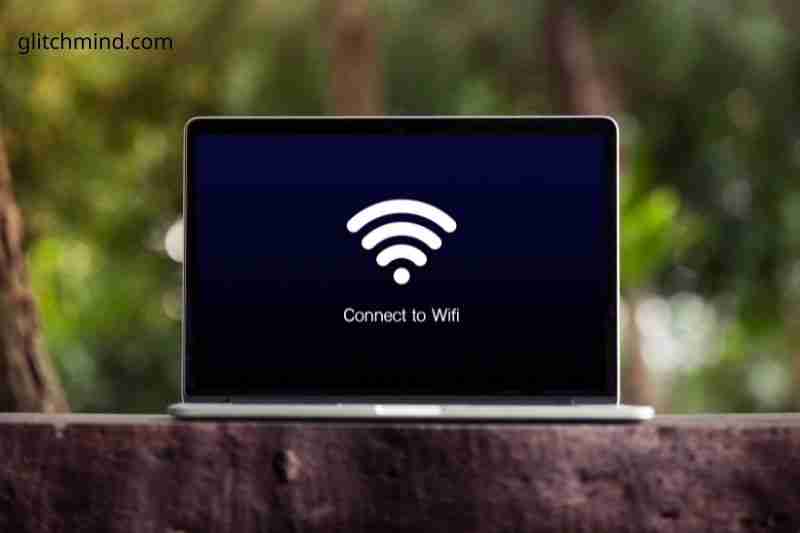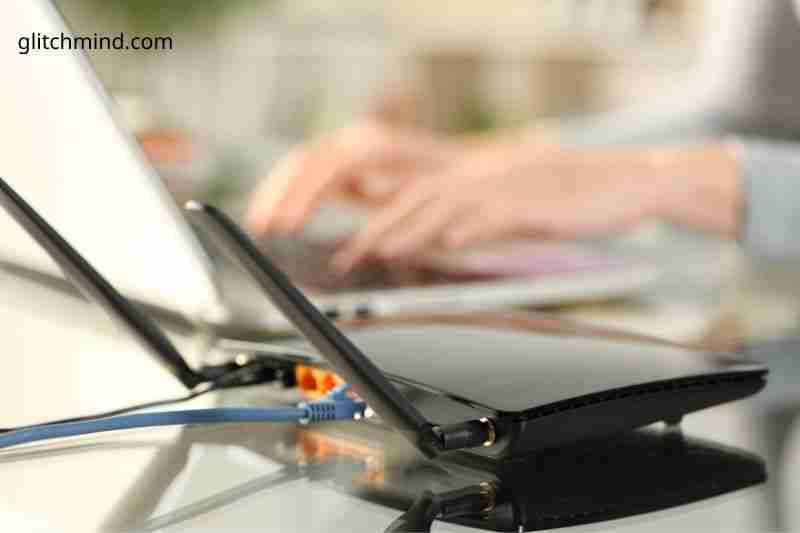There could be a number of reasons Why Won’t My Laptop Connect To Wifi. One possibility is that the network you are trying to connect to has security measures in place that your laptop is not able to bypass. Another possibility is that there is something wrong with your laptop’s wifi adapter. If you have tried all of the standard troubleshooting steps and your laptop still will not connect to wifi, you may need to take it to a technician for further assistance.
Why Won’t My Laptop Connect To Wifi?
A laptop that doesn’t connect to Wi-Fi can have many causes. Most common is an issue with authenticating with the target network.
Other causes could include a faulty Wi-Fi network configuration, a malfunctioning router or modem, corrupted or failing drivers or network hardware, or antivirus software blocking your connection.
How to Fix Laptop Not Connecting to Wi-Fi?
This is the easiest way to determine if your phone has problems connecting to your router.
There is likely a router/modem issue if this is the case. In such cases, you can skip to the section where you can restart your router and reconfigure it.

1. Restart your router and modem
Restarting your router and modem can help you quickly fix your Wi-Fi network problem.
Here’s how it can be done:
Take out the cables from your router and modem.
Give it a minute (minimum 30 seconds).
Plug your modem back in. Please do not forget your modem. You may have to press the power button if your modem does not turn on.
Give it a minute (minimum 1 minute).
Reconnect your router. You may have to push the power button if your router does not turn on.
Give it at least 2 minutes.
2. Restart your laptop
Restarting your computer can solve many problems. If your laptop isn’t connecting to Wi-Fi, try restarting it. Then, after it has rebooted, check if your laptop connects to Wi-Fi.
3. Reset your Wi-Fi driver
Sometimes, your Wi-Fi adapter might encounter conflicts with other devices or power interruptions. Your laptop may not be able to connect to Wi-Fi. Resetting your Wi-Fi driver can resolve the problem.
These are the steps to follow:
Hold down the Windows logo key on your keyboard and then press Pause.
Click Device Manager.
Double-click Network adapters. Next, right-click your Wi-Fi driver software and select Uninstall device.
Restart your laptop.
Wait a few seconds until your laptop boots to verify that Wi-Fi is successfully connected.
It’s great if your laptop can connect to Wi-Fi. You can still connect to Wi-Fi with your laptop if it doesn’t.

4. Upgrading your Wi-Fi driver
Your laptop may not be able to connect to Wi-Fi because of a missing, corrupted, or outdated Wi-Fi driver. To resolve your network problem and increase your laptop’s performance, we recommend that you update your Wi-Fi drivers to the most current version.
You have two options to find the right Wi-Fi driver for your laptop: manually or automatically.
Manually updating your Wi-Fi drivers – You can manually update your Wi-Fi driver by visiting the manufacturer’s website of your wireless network cards like Broadcom, Realtek, or Atheros and looking for the correct driver. Make sure you choose the compatible driver for your Windows system.
Automate updating your Wi-Fi drivers: Driver Easy can automatically update your Wi-Fi driver if you don’t have time, patience, or the computer skills to do so manually. Driver Easy will recognize your system automatically and locate the correct driver for your wireless network card. It will then download and install it correctly.
Easy Driver Download and Installation
Start Driver Easy and click on the Scan Now button. Driver Easy will scan your computer and identify any driver problems.
To automatically download the most up-to-date drivers for your system, click Update All. This requires the Pro version, which includes full support and a 30-day guarantee. Click Update All to be prompted for an upgrade.
Notable: It’s possible to do it free of charge, but it requires some manual work.
5. Renew your IP Address
Sometimes IP conflicts can also cause your laptop to not connect to Wi-Fi. It is easy to fix it by changing your IP address.
Here’s how it can be done:
Hold down the Windows logo key on your keyboard and press R to open the Run box.
Enter cmd and hit Enter.
Type ipconfig/release into the black open window and hit Enter. Wait for the command’s completion.
After the command is completed, type ipconfig/renew and hit Enter. Wait for the command’s completion.
Once it is done, connect your computer to Wi-Fi and check if it works. It should connect successfully if it does. Don’t despair if your laptop doesn’t connect to Wi-Fi.
6. Temporarily disable third-party antivirus software from your laptop
Third-party antivirus software could also block Wi-Fi from your laptop. You can temporarily disable your antivirus software to see if your computer can connect to Wi-Fi.
Related posts:

